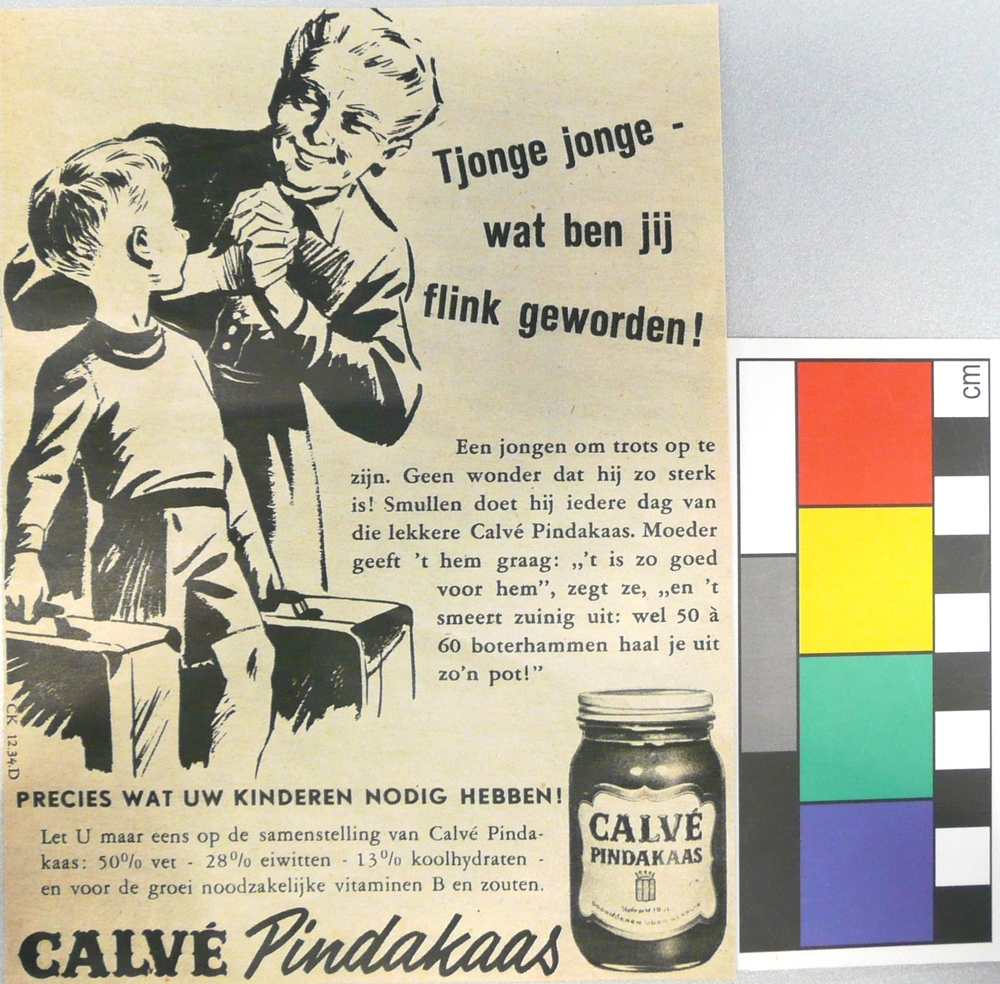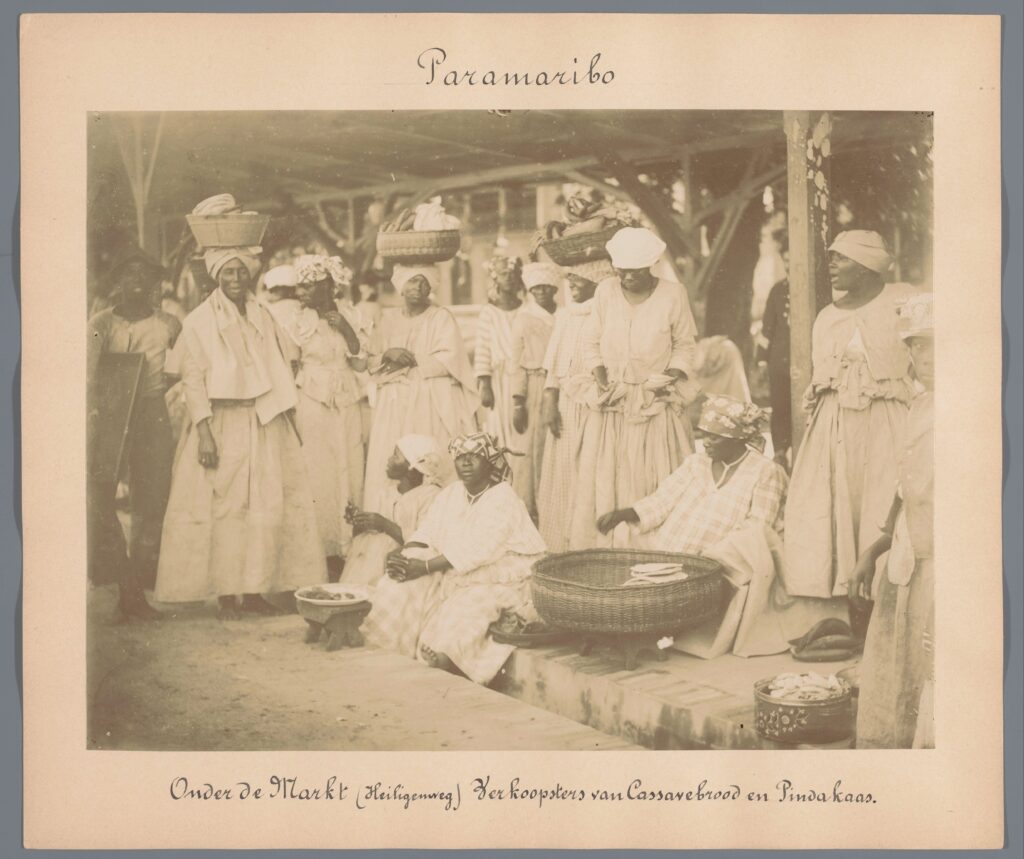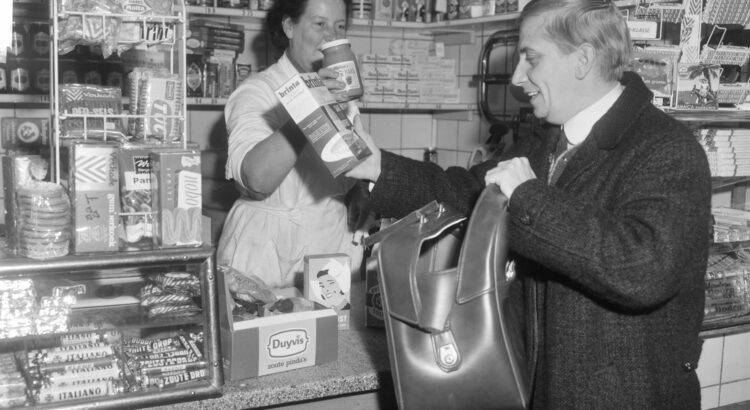In the Netherlands, almost every household has a jar of peanut butter in the cupboard. Maybe you spread it on a slice of bread, or perhaps you use it as an ingredient in salad dressing. And when you were in school, did your mum pack you peanut butter sandwiches for lunch? Well, mine did, and when I think back to my childhood, peanut butter played a big role. It was comforting and easy to eat during lunch breaks. Unfortunately, some people had opinions about the smell of your food. Today, peanut butter is seen as a typical Dutch product. But is this really true? Where does peanut butter actually come from, and how did it become ingrained in Dutch food culture?
Peanut butter as a medicine
Peanut butter has a long history. Many believe it was invented by John Harvey Kellogg (yes, the same Kellogg from the cereal brand). This isn’t entirely true, although he did play a role. Between 1200 and 1533, the Inca in South America roasted peanuts and made them into a paste, using it for ceremonial offerings, medicine, and food. After the Spanish invaded South America, peanuts were brought to Europe and later spread to Africa and Asia.
But how did peanut butter evolve into the product we know (and love or hate) today? In the late 1700s, peanut butter made its way to the United States. This is where Kellogg comes in. In 1895, he filed a patent for a type of “butter” made by grinding boiled nuts into a paste that could be spread on bread. His target audience was elderly people, patients, and children who had difficulty eating. It’s important to note that the original patent didn’t specify which nuts to use, but peanuts soon emerged as the best option.

Kellogg marketed peanut butter as a meat substitute because of its high nutritional value. Initially, it was consumed mainly by a small elite group and was it used as a delicacy. However, during World War I, it became popular among a wider audience. Due to food rationing, people were encouraged to eat less meat, and the government promoted “Meatless Mondays,” with peanuts playing a key role in meal planning. During the war it was also used overseas in Europe to fed the armies.
After World War II, peanut butter was introduced to the Netherlands by the French brothers George and Emmanuel Calvé. The brothers had previously merged with the Dutch Oil Factory and had established themselves in Delft. They produced it in the old city and were the first to sell peanut butter in jars in the Netherlands. Thanks to its nutrients and vitamins, it was especially welcomed after the war and the famine that hit the country. From that moment on, peanut butter gradually became a staple of Dutch culture.
Peanut butter or peanut cheese?
Now that we’ve established where peanut butter comes from and how it made its way to the Netherlands, let’s dive into its name. The question is: where does the Dutch name come from? If you translate “peanut butter” into Dutch, it would be “pindaboter.” However, in the Netherlands, it’s called “pindakaas” (which translates to “peanut cheese”).
The term “pindakaas” was first used in Suriname in the eighteenth century. The word “pienda-dokoen” was used to describe a block of mashed peanuts from which slices were cut, much like cheese. A German missionary translated this as “Pindakäse” in German, which closely resembles the Dutch word “pindakaas.”
This is one of the reasons the Dutch refer to it as “cheese” instead of “butter.” Another reason lies in a Dutch law from 1883, the “Boterwet” (Butter Law), which protected dairy butter producers from competition from “fake” butters, like margarine. As a result, peanut butter was named “pindakaas” instead of “pindaboter.”

The popularization of peanut butter in the Netherlands
As mentioned earlier, the Calvé brothers produced the first jar of peanut butter in the Netherlands in 1948. The product’s popularity grew thanks to smart marketing and advertising. In the 1970s, as more households began watching television, Calvé launched commercials to promote their peanut butter. They introduced “Petje Pitamientje,” the face of Calvé, completing the product’s popularization. Later on, they used athletes, such as Olympic swimmer Pieter van den Hoogenband and football player Lieke Martens, to showcase how strong and successful they became by eating peanut butter.
These commercials often highlighted children, linking back to the origins of peanut butter as envisioned by Kellogg, who targeted young people and those who struggled with eating. Moreover, these ads show how a product like peanut butter can become embedded in a society’s culture, evoking nostalgia and contributing to a sense of national identity.

Written by: Berber van der Kaaij
